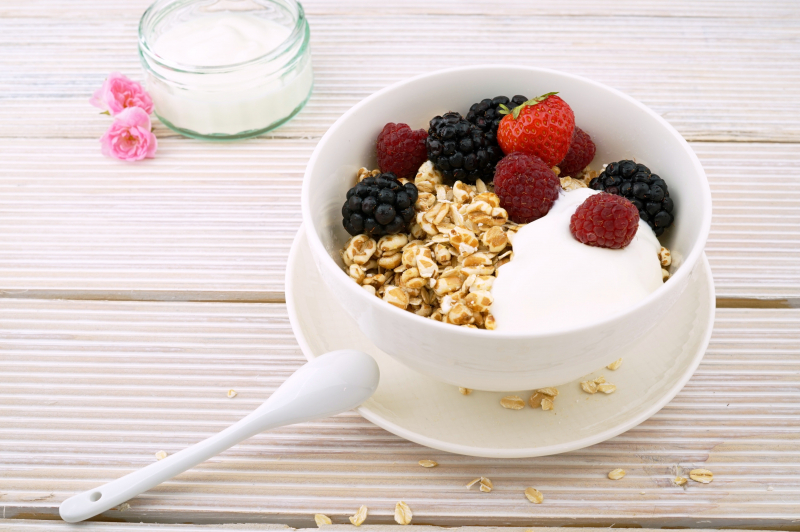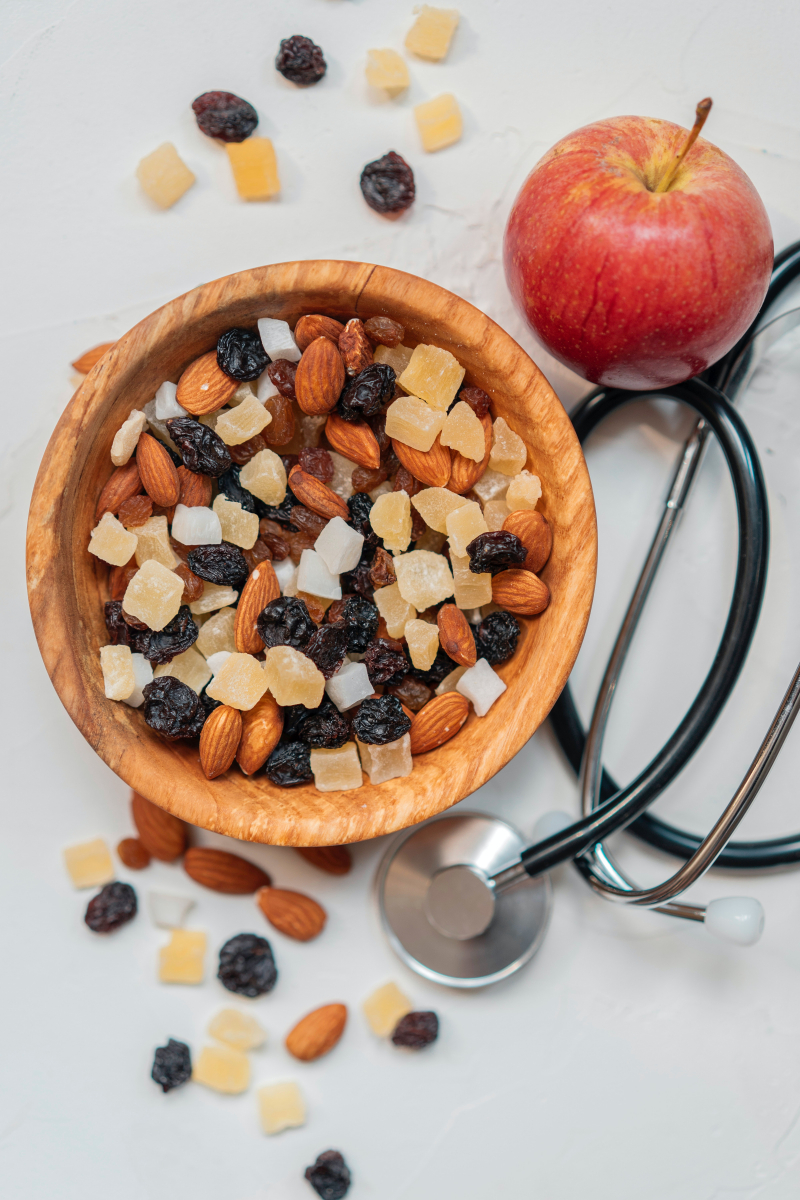Volumetrics Diet

According to Lisa Jones, a registered dietitian based in Philadelphia, the volumetrics diet promotes consuming nutrient-rich, low-calorie foods such as fruits, vegetables, whole grains, and low-fat dairy. Low-calorie foods include a lot of water, which gives them more volume and makes people feel fuller. They are primarily foods high in water content, such as fruits, non-starchy vegetables, and soups. The diet recommends reducing foods with a high calorie density, such as those that include a lot of harmful fats and added sugar.
The eating plan was developed by Barbara Rolls, a nutrition professor at Penn State University. It is more of an approach to eating than a set diet. You can reduce the calorie density of your meals and learn to identify foods' caloric densities by using the book "The Ultimate Volumetrics Diet" as your guide.
Pros:
- Nutritionally sound.
- Diverse foods and flavors.
- No counting carbs, points or calories.
- Filling – it's rich in high-fiber foods.
- No off-limit foods or food groups.
- Has proven health benefits.
Cons:
- Tedious portioning, meal planning or prep.













